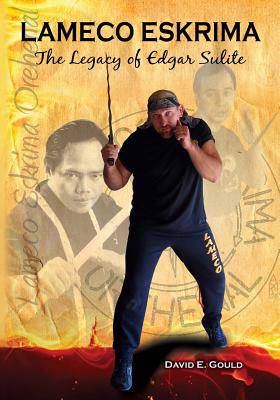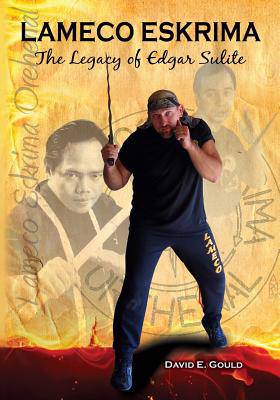
Je cadeautjes zeker op tijd in huis hebben voor de feestdagen? Kom langs in onze winkels en vind het perfecte geschenk!
- Afhalen na 1 uur in een winkel met voorraad
- Gratis thuislevering in België vanaf € 30
- Ruim aanbod met 7 miljoen producten
Je cadeautjes zeker op tijd in huis hebben voor de feestdagen? Kom langs in onze winkels en vind het perfecte geschenk!
- Afhalen na 1 uur in een winkel met voorraad
- Gratis thuislevering in België vanaf € 30
- Ruim aanbod met 7 miljoen producten
Zoeken
Omschrijving
In the art of Eskrima, few names resound like the late Edgar Sulite's. This young man from the Philippines sought out numerous masters, tested his skill in challenge matches, and developed a system called LAMECO (an acronym for Largo, Medio, Corto; the 3 fighting ranges of Eskrima). In this unique book, Sulite's "backyard" student and close friend Guro David E. Gould recounts the life, the art and the legend of Punong Guro Edgar G. Sulite and his Lameco Eskrima system. Broke down into 10 distinct chapters, Lameco Eskrima: The Legacy of Edgar G. Sulite, shows the evolution of a fighter and his art, from the early years of training in Tacloban City and Ozamis City, with legendary masters to the founding of Lameco Eskrima and Sulite's meeting in Manila of such notable figures as Christopher Ricketts, Tony Diego and Tatang Ilustrisimo. Chapter 4 discusses the writing of Sulite's three classic books, his world tour and challenge matches. This is followed by chapters on Sulite's relocation to Los Angeles, the spread of his art internationally, and his invitation-only backyard class. The late Punong Guro used to say that one must try their best to get a collective understanding, a complete image of a person by looking into all available sources. This book, and these last chapters, provides such insights and exposure found nowhere else.
Specificaties
Betrokkenen
- Auteur(s):
- Uitgeverij:
Inhoud
- Aantal bladzijden:
- 294
- Taal:
- Engels
Eigenschappen
- Productcode (EAN):
- 9781943155033
- Verschijningsdatum:
- 3/10/2014
- Uitvoering:
- Paperback
- Formaat:
- Trade paperback (VS)
- Afmetingen:
- 178 mm x 254 mm
- Gewicht:
- 512 g

Alleen bij Standaard Boekhandel
+ 56 punten op je klantenkaart van Standaard Boekhandel
Beoordelingen
We publiceren alleen reviews die voldoen aan de voorwaarden voor reviews. Bekijk onze voorwaarden voor reviews.









